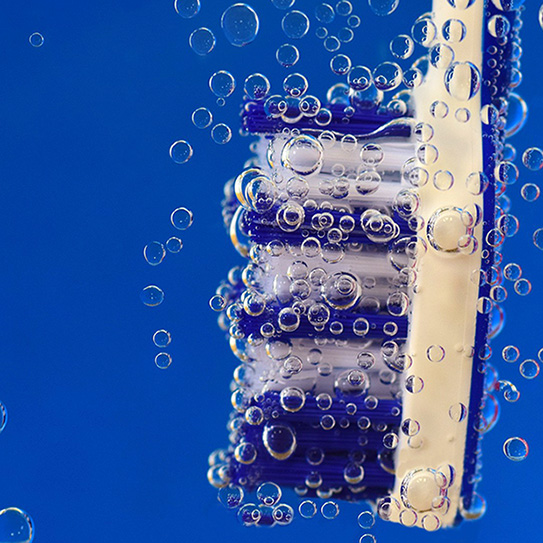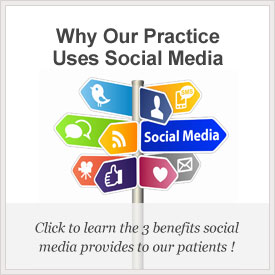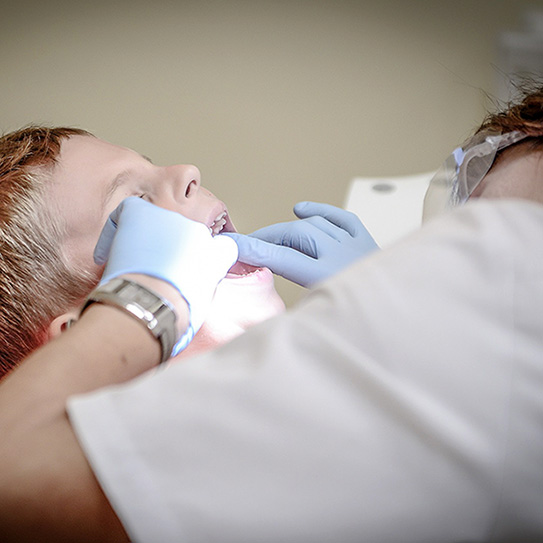Taking Care Of Your Toothbrush

WE ALL USE TOOTHBRUSHES to take care of our teeth, but what are we doing to take care of our toothbrushes? It’s critical that our toothbrushes remain in good condition so they can do their jobs of keeping our teeth healthy, which is why we’re dedicating a blog post to giving our patients tips on toothbrush care!
Cleaning Your Toothbrush
Running your toothbrush under water and giving it a good shake won’t do much to get rid of all the germs you just brushed off your teeth, especially if you’ve recently battled the flu or a cold. Luckily, there are a few ways to deep-clean your toothbrush. Boiling the bristles for a few minutes will kill any germs on them, as will soaking the toothbrush in mouthwash. You can also sanitize it by placing it in the silverware rack of the dishwasher and running it without detergent.
Toothbrush Storage Dos and Don’ts
Do you store your toothbrush with the bristles on the counter or shelf, in a toothbrush cover, or near your toilet? Don’t! Bacteria needs warmth and moisture to multiply and spread, and flushing your toilet can send microscopic contaminants all over your bathroom. The best way to keep bacteria from growing on your toothbrush is to store it upright somewhere it can air out. It’s also a good idea to keep it well away from your toilet, and always put the lid down before flushing.
When To Replace Your Toothbrush
Getting used to a new toothbrush can feel weird. The bristles don’t feel the same, the shape is different, and the handle isn’t the same in your hand. But if we want our teeth to get the proper cleaning they deserve, this brief transition period is more than worth it.
If the bristles on your brush are getting bent, worn, or frayed, it’s definitely time for a new one — particularly if they’re sticking out the wrong way, because that won’t do your teeth any good! Bristles need to be straight in order to reach all the places they should. Just as important: have they become discolored? You don’t want to brush your teeth with stained, dirty bristles!
Get Creative With Your Old Toothbrush
Old toothbrushes are excellent tools for cleaning hard-to-reach areas in your house, like tile grout and backsplashes. You could boil it to make it soft, then bend it into a colorful bracelet! Toothbrushes also make great paintbrushes.
To make your toothbrush art minty fresh, use toothpaste as your paint!
Need Toothbrush Recommendations?
Looking for a new toothbrush but not sure which one is right for you? Just ask us and we’ll give you a recommendation! Keep up those great brushing habits, and don’t forget to schedule your regular dental appointments!
















My daughter and I love going to see Dr Aparna Sadineni and her professional staff. We never have to wait and the staff knows us like a second family. I highly recommend this office!